As New Zealand Travel Experts, our interest was piqued recently by an article in the national press proclaiming New Zealand’s nationwide strategy to rid the entire country of predators by 2050 to restore native wildlife and improve biodiversity.
Having evolved in isolation 85 million years ago, New Zealand is home to 80,000 species of endemic plants, animals and birds. Many of these are now under threat of extinction because they are easy prey to predators introduced by European settlers over 200 years ago.
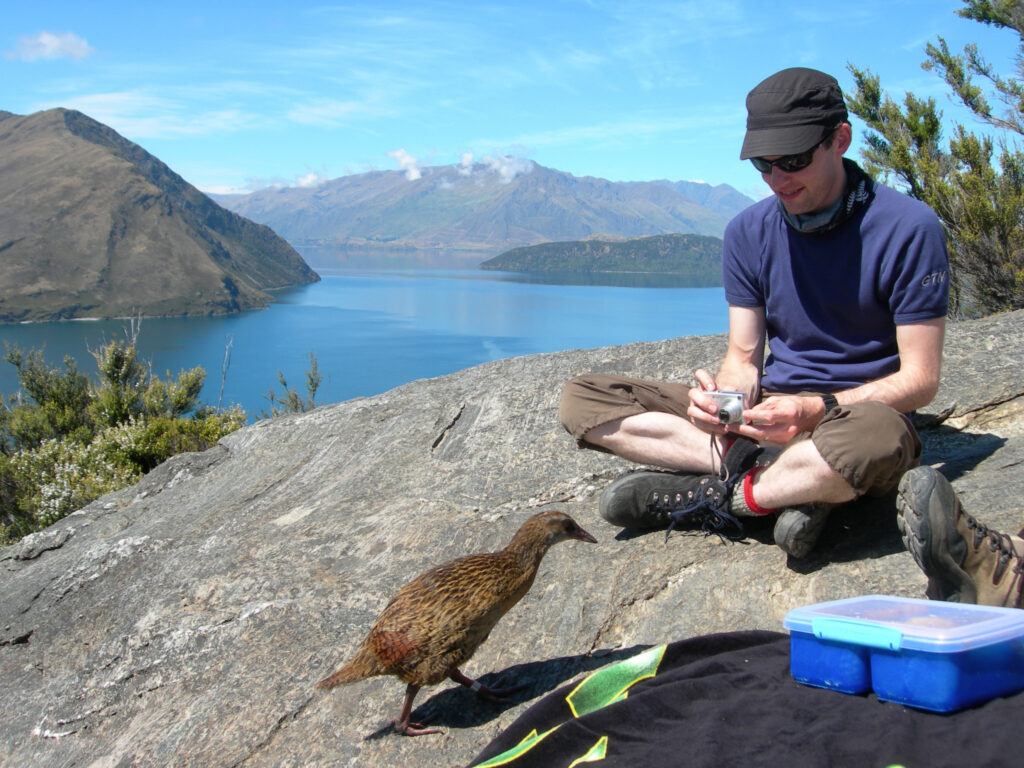
The kakapo, the kiwi, the pukeko and the weka bird are all at the mercy of stoats, rats and dogs. The project director of Predator Free Wellington, James Willocks asks the question: ”Do we let these species that exist nowhere else in the world slip off the earth?
“We call ourselves Kiwis, we don’t call ourselves rats. But 95 per cent of our kiwis get killed in the wild. What does that mean if you can’t look after them? If you want your children and grandchildren to see a kiwi, we’ve got to do something about it”
Over the last two decades, different regions of New Zealand have tried with varying success to introduce programmes to eradicate predators; hunting, trapping and poisons are the three most used methods of mammalian pest control in New Zealand.
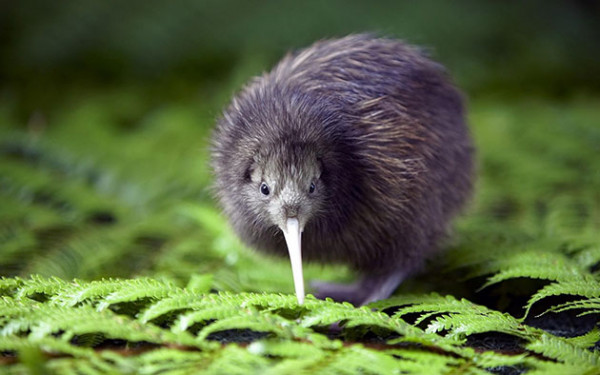
Hunting
In the 1950s, hunters were paid a bounty for possum pelts. It meant possums were killed in large numbers in easily accessible areas. Less accessible forest regions were unaffected, and possums quickly reinvaded the cleared areas. Also, hunting does not target other mammalian pests like rats and stoats.
Trapping
Trapping can be an effective method for controlling possums and stoats in accessible areas, along forest edges, along rivers and in managed forests. The Department of Conservation alone maintains 180,000 traps and spends more than $5 million each year on stoat and rat trapping. It is more costly than other forms of pest control. It is also not practical in isolated and rugged terrain.
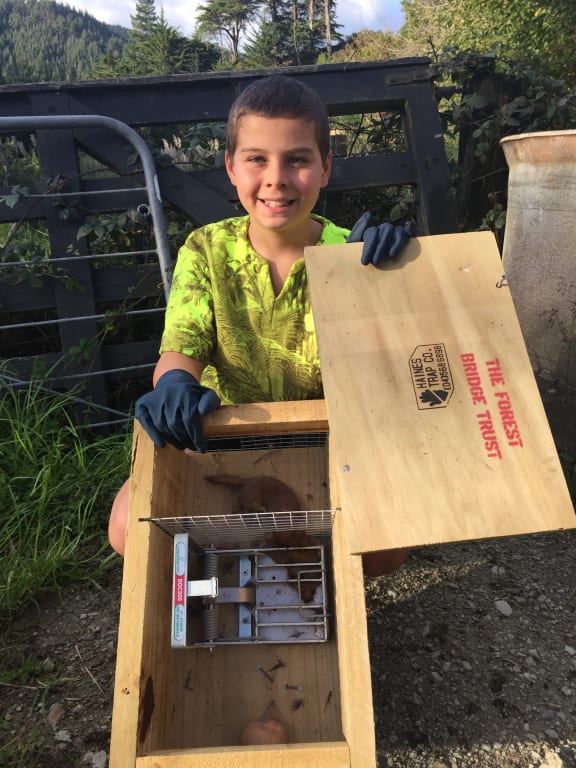
Poisons
Probably the most controversial pest control method is using poisons such as 1080.
The use of 1080 is opposed by some environmental groups. Campaigner Nicky Calcott told the New Zealand Herald there’s little proof of the “plague”, and said that 1080 has also been known to kill the endangered kea bird, native only to New Zealand’s South Island. However, the government, which has sunk NZ$21m (£10.8m; US$18.5m) into its “Battle for our Birds” programme over five years, insists that setting traps for millions of predators is not a viable or practical option. “People are dreaming if they think we can do this without poisons like 1080 – you can’t trap 30 million rats,” said Dr Smith, Conservation Minster in 2014.
In order to effectively use the poison, the Department of Conservation is now using drone technology to precisely target areas which are inaccessible due to steep cliffs, deep ravines and impenetrable vegetation.
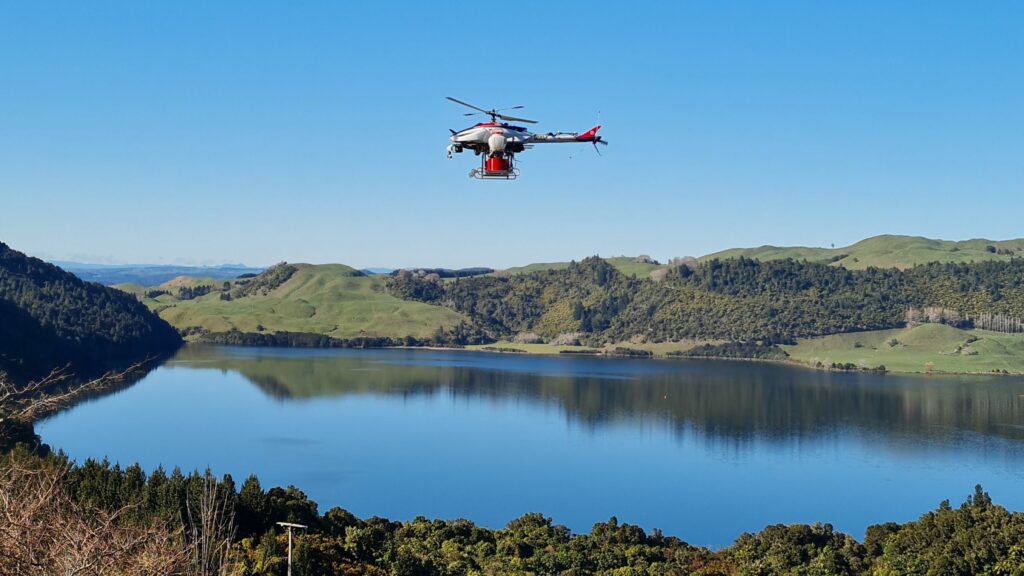
Where can Silver Fern Travellers see and learn more about New Zealand’s Predator Free 2050 Programme?
For our travellers who want to learn more about Predator Free 2050, there are several organisations involved, and some of our tours also take in destinations with active pest control programmes.
Predator Free Wellington
Head onto the Predator Free Wellington website to get the latest up-to-date news on the project’s progress. The organisation provides homeowners in the Wellington region with bait boxes. They use brodifacoum as the preferred bait. This is secured in bait stations and is the safest poison for pets as there is an antidote available using Vitamin K. They are of the view that aiming for predator elimination – as opposed to ongoing predator control and suppression – will prevent the long-term use of toxins and its associated costs.
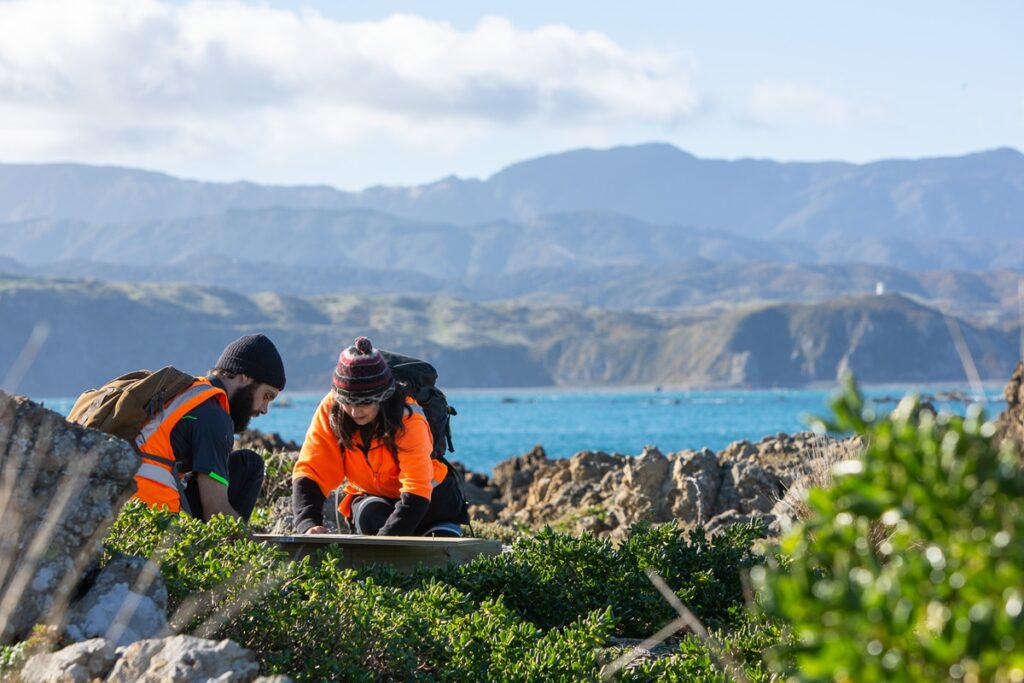
Abel Tasman Birdsong Trust
Silver Fern Holidays supports the Abel Tasman Birdsong Trust by making a donation to its running costs each year. The trust aims to protect and enhance the biodiversity of Abel Tasman National Park.
The trust‘s volunteers undertake extensive predator control along the coast, plant and maintain native trees, and manage the population restoration of some of New Zealand’s precious native species such as the South Island Robin/Toutouwai and Saddleback/Tieke.
You can read about their extensive work on their site, and we regularly provide updates on their progress on the Silver Fern website.
Mou Waho Island Wanaka
This conservation island lies just half an hour away from Wanaka township by boat. Here, volunteers hope to re-introduce native vegetation to the island, use traps to eliminate predators and create a breeding habitat for the weka bird, whose feathers adorn the Maori cloaks. Eco Wanaka Adventures is a great half-day out for Silver Fern travellers and can be integrated into a tailor-made itinerary – take a look at a recent video to get an idea of the trip. Highly recommended!
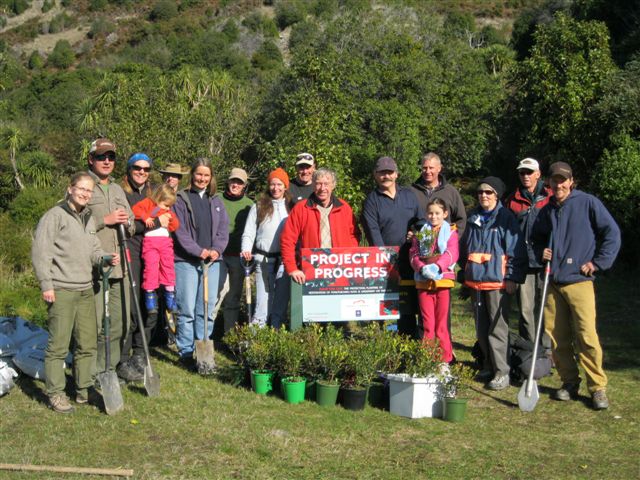
Ridgeline Adventures Wanaka
Another great trip out from Wanaka, Ridgeline Adventures takes you high into the mountains on private land. During our trip, Mark Orbell, the owner of the company, showed us the traps which they currently use on the land to trap stoats. The trip also encompasses current farming practices, historical insight to early European settlement and some stunning views.
As with the Mou Waho Island excursion, this four-wheel drive adventure can also be booked as part of a tailor-made itinerary and is a Your Choice Option on all Pure Discoveries Small Group Tours that visit the South Island.
Take a look at our Ridgeline Adventures video.
We’ve highlighted several efforts above, however similar Predator Free 2050 programmes are in progress in most National Parks in New Zealand. Information about these can be found on the Department of Conservation website.
If you’re planning a New Zealand holiday in 2024 or 2025 and you’d like to know more about any of the activities or sights we’ve listed, just give us a call and we’ll be happy to help!
